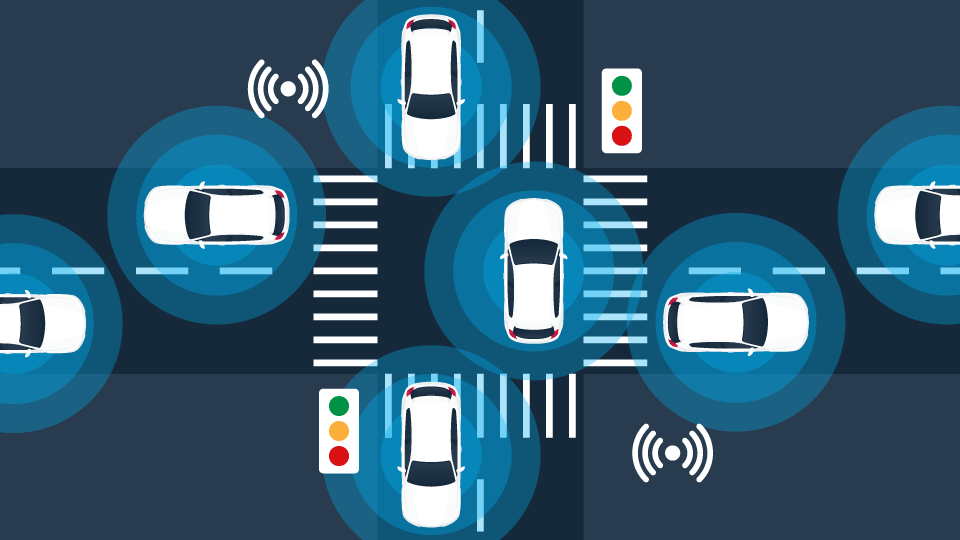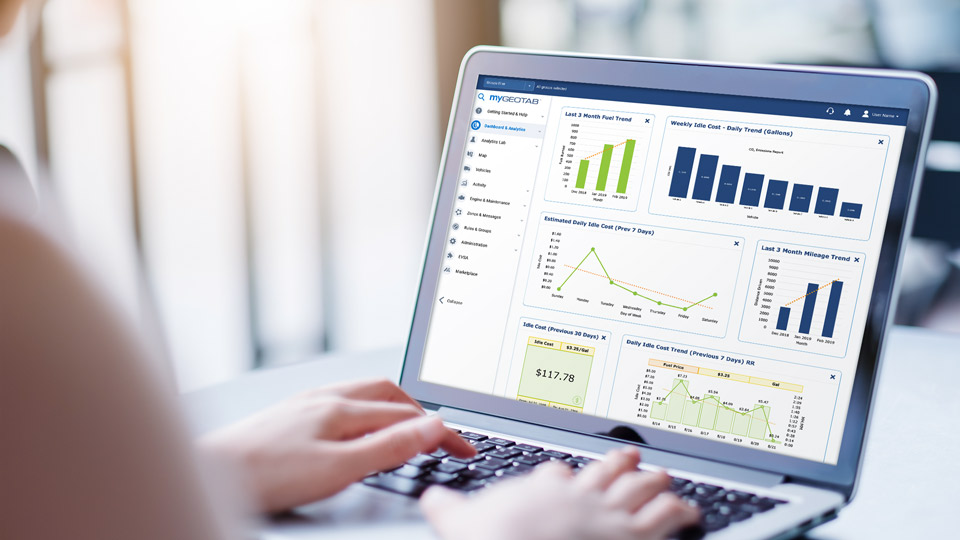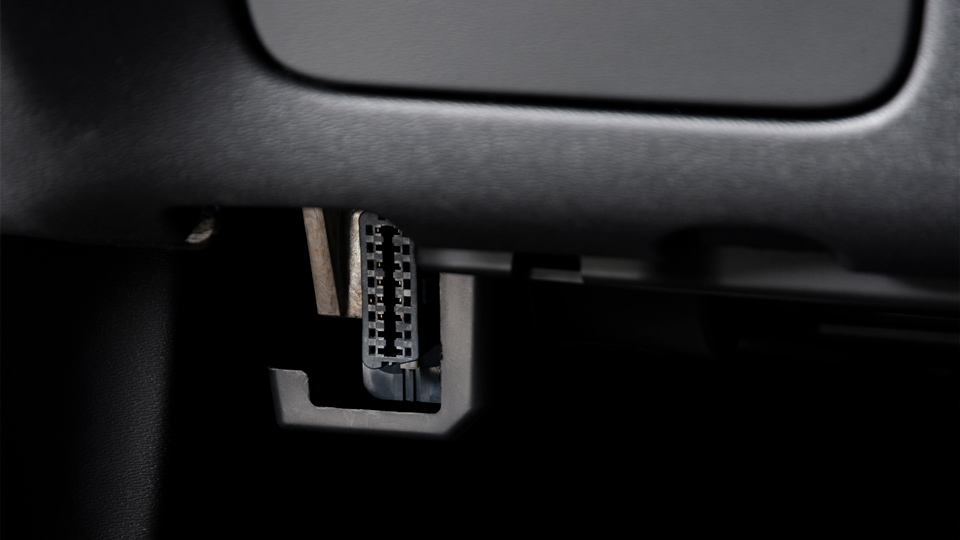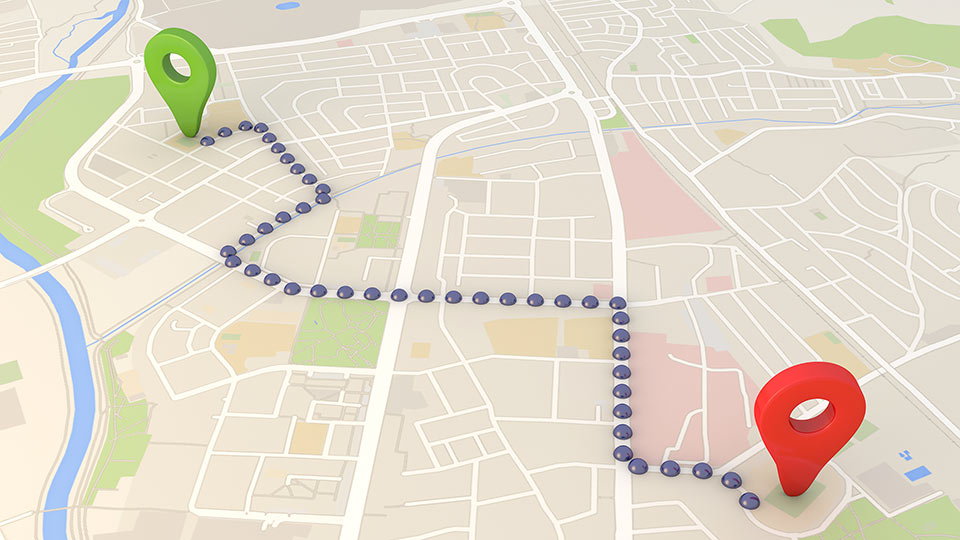Big data use cases for telematics
What value does big data bring to telematics? Read about big data use cases like routing optimisation and driving behavior analysis.

When speaking of big data in fleet management, the first topic that will come to our mind is telematics. The foundation of telematics is the technology of collecting, storing, sending information between end users and vehicles through telecommunication devices. Big data use cases in telematics extends the usefulness of that data.
Without the platform of data mining and data analysing, the achievements of monitoring the live location of vehicles, planning optimised routes, providing online or offline assistance to drivers, and supporting telematics related industries (such as auto insurance) and so on could be unrealistic.
So, what types of valuable services can big data bring to the telematics world?
Use case #1: Routing optimisation
The number of possible routes that a lorry could take is extremely large. Back in the day, for logistics companies, the process of planning a delivery path was done manually and was very time consuming. Besides, without real-time traffic conditions, it was difficult to provide accurate ETAs and save driving time on the road.
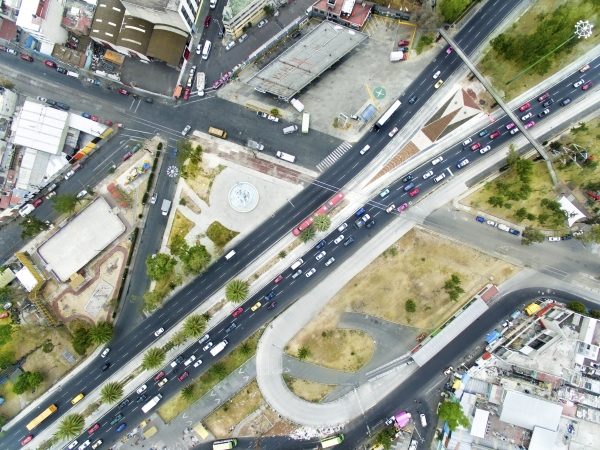
Highway traffic in Mexico City.
To make the driving path more efficient and more optimal, big data relies on a number of key types of data to evaluate the best route based on the consuming time and fuel usage in a few seconds:
- Real-time GPS and speed data captured by telematic tracking devices
- Instant traffic information such as collisions and construction areas reported by other drivers on the road
- Road information such as the number of stop signs, road speed, patrols and so on posted by authorised institutions
Then, the optimised route is generated and displayed for the driver.
Route optimisation is a big deal for fleet management, not only because reduction of driving distance and time saves the business millions of dollars, but also because the decrease of fuel consumption brings less environmental impact.
Learn more about fleet optimisation here.
Use case #2: Breakdown alerts and maintenance reminders
Telematics devices collect an enormous amount of engine data, such as engine RPM, engine oil level, transmission, mileage driven, tyre pressure, and more. Based on all the engine data and the historical records of maintenance and repair, big data predictive analysis could provide us with precautionary breakdown and maintenance notifications, as well as the recommended solutions.
By acquiring advance visibility into potential vehicle health issues, the fleet can make the appropriate arrangement between downtime and work time for vehicles to reduce the likelihood of an unexpected breakdown on the road. Of course, this will save the company both money and energy.
See also: Improving operations with telematics
Use case #3: Driving behaviour analysis
It’s often said that people are a company’s most important resource. Driving safety and road safety have always been and will always be the highest priority in the transportation field. Running a large, global fleet makes managing safety extra challenging. So, analysing driver behaviour is essential both for fleet management, as well as the drivers themselves.
It is commonly accepted that a better understanding of driving behaviour is helpful in developing more appropriate safety policies, more intelligent driving guiding systems or coaching systems, and most importantly, reducing the rate of collisions, while protecting company property and reputation, and drivers’ lives.
In the past few years, more and more in-depth machine learning and artificial intelligence algorithms have been performed to investigate drivers’ driving behaviours and styles.
Benefits of analysing driving behaviour with big data:
Help cultivate better drivers. A long list of driving behaviours could be detected and analysed through designed intelligent algorithms.
Some driving behaviours measured by telematics include:
- Speed related (harsh acceleration, speeding, frequent acceleration)
- Stop related (harsh braking, frequent stopping, frequent braking)
- Turn related (harsh turning, acceleration before turn, overbraking before exit)
- Other (fatigued turning)
The results can be used to develop more targeted and effective driving coaching systems to instruct drivers on better driving habits.
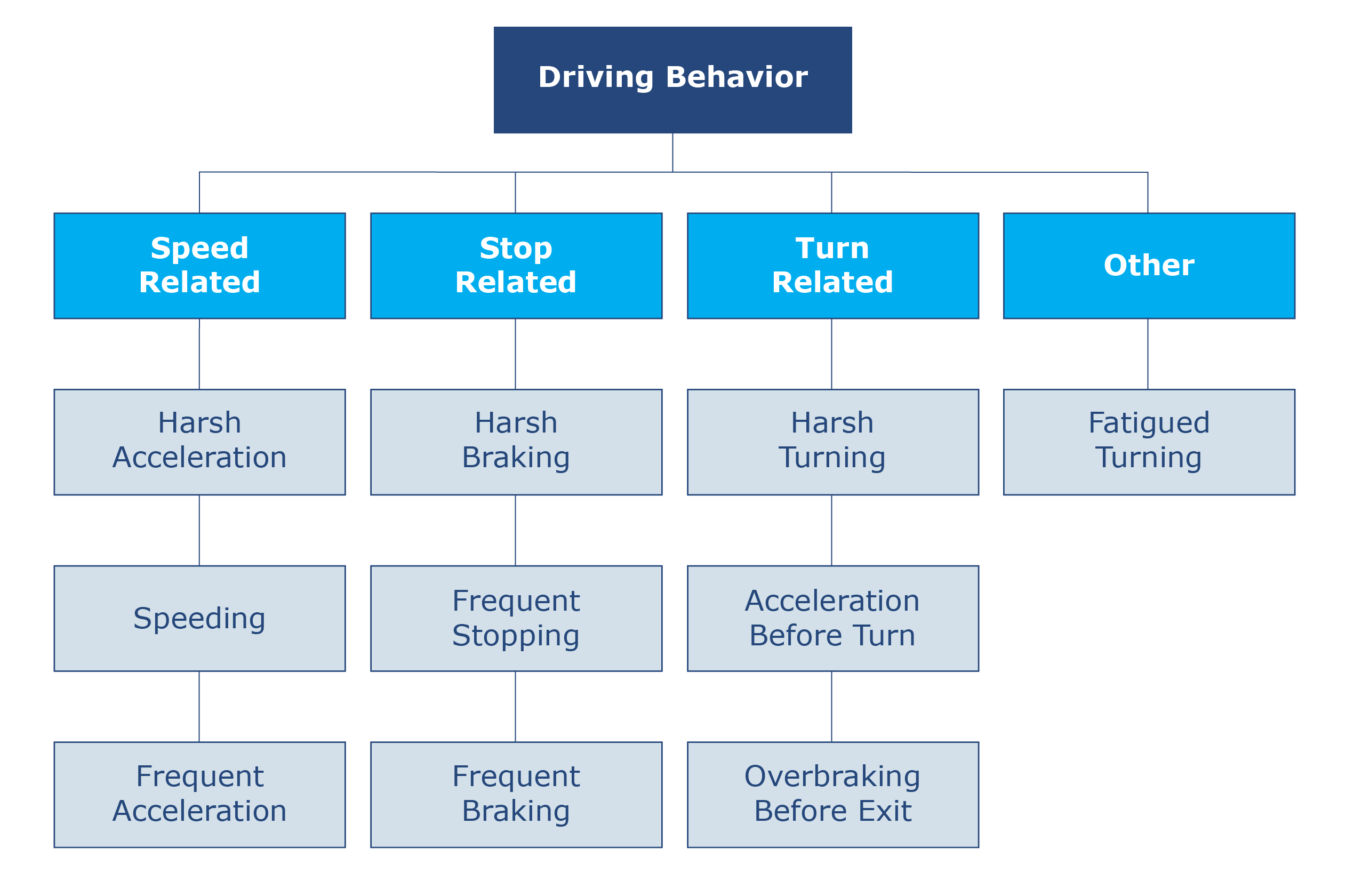
Lower the risk of accidents. Telematics technologies give us the opportunity to collect unlimited data on driving behavior and accidents. Discovering the relationship between accidents and actual driving patterns helps pinpoint high risk drivers that could have potential accidents, providing an opportunity to take action before it’s too late.
Support risk management. Big data analysis on driving behaviors can also make a great contribution to fleet risk management. Insurance companies rely on traditional factors such as car exterior, number of tickets, living area, driving distance, etc to determine the insurance policy. However, building accurate risk models based on actual driving behavior could provide a more realistic and precise assessment for the whole fleet.
There are more and more benefits that big data can bring to telematics and the fleet world. However, as Gary King, Harvard University has said, “Big data is not about the data.”
To see examples of what else you can learn with big data and telematics, please see these special reports:
Predicting Traffic Congestion with Driving Behavior
Using Big Data for Road Safety: A Safety Analysis Based on Geotab Telematics Data
Subscribe to the Geotab Blog
The Geotab Team write about company news.
Related posts
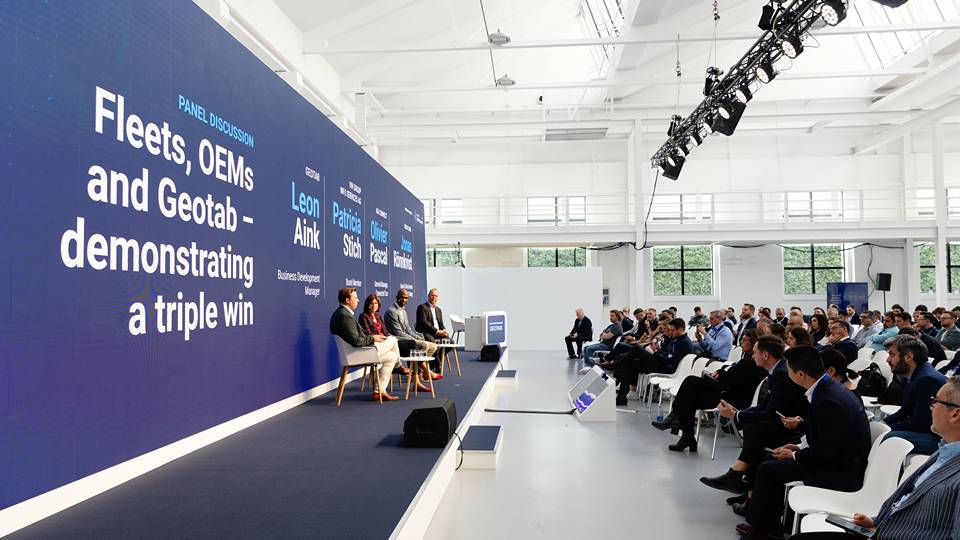
Data-Driven Innovations in Fleet Management: highlights from Geotab Mobility Connect 2024
November 28, 2024
3 minute read
